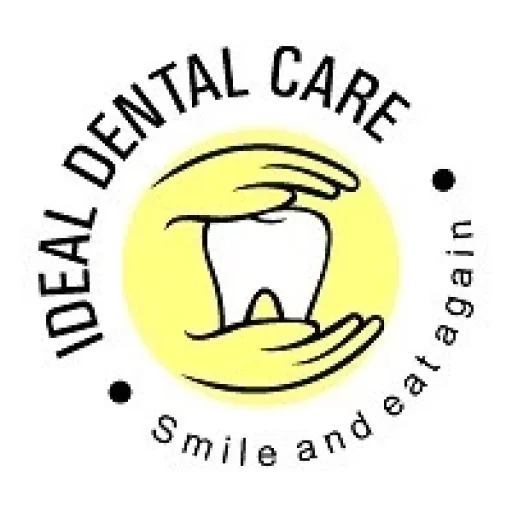In today’s fast-paced, appearance-driven world, more people are turning to orthodontic treatments not just for oral health—but for confidence. Among the most talked-about solutions are aligners, also known as orthodontic alignersor invisible aligners. With their sleek, nearly invisible look and modern tech-driven design, aligners are becoming the go-to for teens and adults alike. But how do they really stack up against traditional braces? Let’s break it down.
What Are Orthodontic Aligners?
Orthodontic aligners are custom-made, clear plastic trays that gradually shift your teeth into place. Think of them as the modern, discreet alternative to braces. Brands like Invisalign and ClearCorrect have made these invisible alignerspopular, especially among adults who want to straighten their teeth without drawing attention.
Aligners work in stages—you wear each set for 1–2 weeks before moving to the next. They’re removable, which means no dietary restrictions and easier brushing and flossing. But remember, for best results, aligners must be worn 20–22 hours a day.
What Are Braces?
Braces are the OG of orthodontic treatments and have been around for decades. They come in a few forms:
- Metal Braces: The classic silver wires and brackets. Highly effective, especially for severe misalignments.
- Ceramic Braces: Tooth-colored brackets for a more subtle look.
- Lingual Braces: Placed behind the teeth, completely hidden from view.
Braces work by applying continuous pressure on teeth to move them into place. While not as discreet as aligners, they’re still a powerful and reliable solution—especially for complex dental cases.
Aligners vs Braces: Pros & Cons
| Feature | Aligners | Braces |
|---|---|---|
| Comfort | Smooth, plastic trays—no poking wires or cuts | May cause discomfort from brackets & wires |
| Aesthetics | Nearly invisible; great for professionals or teens | Visible (except lingual), especially metal |
| Effectiveness (Complex Cases) | Best for mild to moderate misalignment | Ideal for severe misalignment or bite issues |
| Oral Hygiene | Removable for easy brushing & flossing | Harder to clean around brackets; risk of plaque |
| Treatment Duration | Often shorter (6–18 months) | May take longer (18–24+ months) |
| Cost | Can be similar or slightly more expensive | Usually more affordable, especially metal braces |
Aligners win in comfort and looks, but braces take the lead when it comes to complex corrections.
Who Should Choose Aligners vs Braces?
Choose Aligners If:
- You have mild to moderate spacing or crowding issues.
- You prioritize aesthetics—like for work, weddings, or social media presence.
- You’re disciplined enough to wear them for 22 hours/day.
- You want easier brushing, flossing, and no food restrictions.
Choose Braces If:
- Your teeth have severe misalignment or bite issues.
- You’re okay with a more visible option.
- You don’t want to worry about removing or losing trays.
- You prefer a lower-cost solution.
Both options are great—your choice depends on your lifestyle, severity of misalignment, and personal preferences.
Real Stats: The Rise of Aligners
You’re not alone in considering invisible aligners. Invisalign, one of the leading clear aligner brands, has treated over 17 million people worldwide as of 2025. In fact, recent studies show that the aligner market is growing at a rate of over 20% annually. That growth reflects how many people are choosing this sleek, modern alternative to traditional metal.
Also, many adult orthodontic patients now prefer orthodontic aligners due to their flexibility, comfort, and discreet appearance—especially those juggling jobs, parenting, and social life.
Conclusion: Ready to Make the Right Choice?
Whether you’re team braces or ready to join the millions wearing invisible aligners, the first step is getting a professional assessment. Every smile is unique—and so is every treatment plan.
At Ideal Dental Care, we offer both orthodontic aligners and advanced braces treatments. Book your consultation today and let our expert orthodontists help you choose the best path toward a confident, aligned smile.
